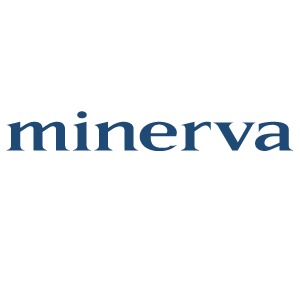Having worked with many small and mid-sized nonprofits, I know firsthand how urgent advocacy or fundraising opportunities can appear out of nowhere. With limited staff and resources, it’s easy to feel overwhelmed or let opportunities slip. But I’ve learned that forming a coalition—even when time is tight—can be a game-changer for amplifying impact. Here’s how I approach rapid coalition-building, based on my experience and what’s worked.
1. Get Crystal Clear on the Immediate Goal
Whenever a time-sensitive issue arises, my first step is to define exactly what needs to be accomplished. I boil it down to one or two sentences—something everyone can rally around. For example, “We need to urge city council to restore funding for after-school programs in this year’s budget.” Keeping the focus tight helps potential partners say “yes” quickly.
2. Reach Out to the Right Partners—Fast
I don’t have time for long lists or cold calls. Instead, I think about which organizations or community leaders are directly affected and who has a reputation for moving quickly. I reach out personally—by phone or direct email—explaining the urgency and asking if they’ll join forces. I’ve found that a personal ask, especially when time is short, gets the fastest response.
3. Draft a Simple Coalition Statement
Once I have a few partners on board, I draft a short statement outlining our shared goal and immediate actions. I sign our organization first, then circulate it for others to add their names. This document becomes our public-facing message and makes it easy for new partners to join.
4. Announce Our Coalition
With a core group and a clear message, we go public—usually with a press release, a blog post, and a flurry of social media activity. We post our statement and the list of coalition members on our website or a shared Google Doc. This transparency builds credibility and helps us attract even more support.
5. Set Up Rapid Communication
To keep everyone in the loop, I set up a group email thread or a messaging app chat. I also schedule a quick virtual meeting—always with a focused agenda and a strict time limit. We assign roles based on each group’s strengths: one handles media, another organizes outreach, and someone else tracks policy developments. Clear delegation keeps us from duplicating efforts.
6. Divide and Conquer
I make sure every partner has a specific, manageable task. For example, one might draft a petition, while another contacts local officials. By dividing the workload, we move faster and keep everyone engaged.
7. Keep Momentum High
We check in regularly—sometimes daily if the timeline is really tight. I keep meetings short and focused, send out quick updates, and celebrate every small win. If new partners want to join or if our strategy needs to shift, I’m ready to adapt.
8. Celebrate and Reflect
When we reach our immediate goal—whether it’s getting a policy passed or hitting a fundraising target- make sure to thank every coalition partner and share the results widely. These quick wins build trust and lay the groundwork for future collaborations.
My Rapid Coalition-Building Checklist
Step
What I Do
Timeline
Clarify the Goal
Draft a 1–2 sentence objective
1–2 hours
Identify Partners
List and contact key orgs/leaders
1 day
Draft Statement
Write and circulate coalition letter
1 day
Announce Coalition
Press release, social media, website update
1 day
Set Up Communication
Email thread/chat, schedule first call
Same day
Assign Roles/Tasks
Delegate based on strengths
First meeting
Maintain & Adapt
Short, regular check-ins; adjust as needed
Ongoing (weekly)
Tips I’ve Learned Along the Way
Keep it simple: The clearer and more focused the goal, the easier it is to get buy-in.
Leverage relationships: Trusted partners respond fastest.
Be transparent: Open communication prevents confusion.
Celebrate progress: Every win—big or small—keeps the team motivated.
Building a coalition quickly isn’t easy, but it’s absolutely possible—and often essential for small and mid-sized nonprofits. By focusing on clarity, relationships, and efficiency, I’ve seen us punch far above our weight and achieve results we could never manage alone. If you’re a nonprofit leader facing a tight deadline, I hope these steps help you mobilize your own coalition for maximum impact.
